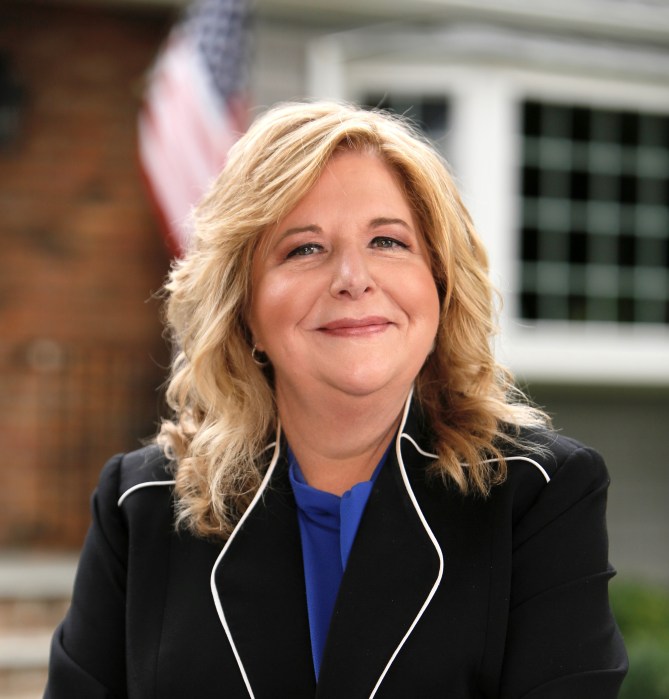 Ever since the inception of the U.S. World War I Centennial Commission in 2013, New York City sculptor Sabin Howard and architect Joe Weishaar have been hard at work creating Washington, D.C’s first-ever World War I memorial at Pershing Park. Beating out more than 300 candidates, both Howard and Weishaar were selected as the winning design team after the commission launched a design competition in 2015.
Ever since the inception of the U.S. World War I Centennial Commission in 2013, New York City sculptor Sabin Howard and architect Joe Weishaar have been hard at work creating Washington, D.C’s first-ever World War I memorial at Pershing Park. Beating out more than 300 candidates, both Howard and Weishaar were selected as the winning design team after the commission launched a design competition in 2015.
Dubbed the Great War, more than 4 million American families sent their sons and daughters to serve in uniform. The number of U.S. soldiers who died from combat and disease was 116,516 while 200,000 soldiers were wounded, which was a casualty rate far greater than in World War II. World War I was also a melting pot in terms of enlistment with more than 350,000 African Americans serving in the military, as did many Native Americans and members of other minority groups. Plus, for the first time ever, women joined the ranks of the U.S. armed forces.
The memorial’s narrative tells the overall story of a soldier’s journey through the war as they leave their families to go to the front lines, charting battles abroad and their ultimate return home.
In order to bring the project alive sort to speak, Howard and a team of reenactors began a crucial stage of the creation process in the United Kingdom earlier this year, where the reenactors, who were dressed in WWI costume, posed in a first-of-its-kind photogrammetry rig that was composed of 160 cameras, which was the first time that living models were used with that type of photogrammetry set up. One of those reenactors who traveled across the pond to partake in this monumental project was former Mineola resident Zach Libresco, who will be portrayed in the national memorial.
A Soldier’s Journey, which the monument is appropriately named, is 137-feet long, while each cubic foot of the memorial represents an American soldier who was lost in the war.
“The whole trip was incredible,” said 27-year-old Libresco, who is a Wheatley High School graduate. “They put us up in a hotel and we’d walk for miles by a little canal down to the gallery. We’d go to work between six to 10 hours every day and it’s hard work. The momentum of the piece is kind of all moving as your eye goes to the right. For us, all of our weight was on our left quad and our right calve. It was a lot like doing lunges and squats, but the repetition of holding a pose over and over was really strenuous. We want to get the shot, but there’s a certain level of pressure.”
While in the United Kingdom, photographs were taken of Libresco and his fellow reenactors, and were developed in 3D, where Howard then began the physical construction of the memorial. It was an experience that Libresco will never forget.
“With that camera rig, it was 160 cameras that were rigged that rotate,” explained Libresco. “It was one of the biggest kind of data mining live-action systems in the world. I think it was bigger than the one they did in Atlanta for Marvel. It was one of the coolest experiences of my life. I’m in that room and I’m prepared to do my job really well, and I’m in this room with artists who’ve been at it longer than I’ve been alive.”
Besides being a part of something historic, Libresco also enjoyed working with Howard more closely while being in the photogrammetry rig at the Pangolin Editions foundry in the English town of Stroud.
“It’s pretty spectacular,” said Libresco. “Working with Sabin is amazing because he is an incredible artist and craftsman, but also an incredible photographer. He is the master craftsman and is always working on his craft.”
Remembering that WWI was a lost generation of men, Libresco said that the monument doesn’t overly romanticize the war.
“What I love about it…is that it shows the adrenaline of war and the comradery of war,” said Libresco.
Although the memorial is not yet completed, the commission plans to dedicate the memorial on Veteran’s Day in 2021.
Construction of the memorial is funded through private donation. If you would like to donate, visit www.WW1cc.org/donate.


























